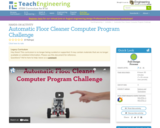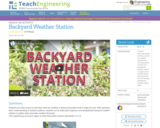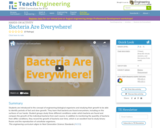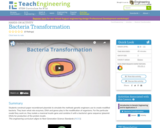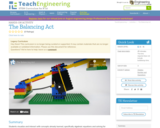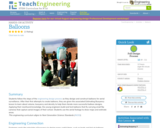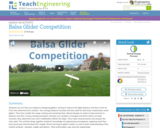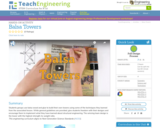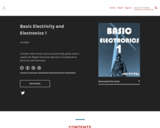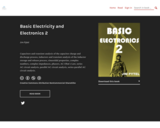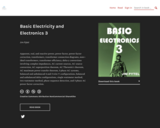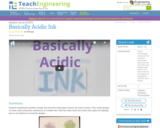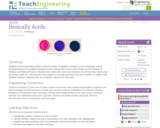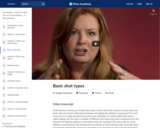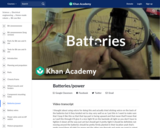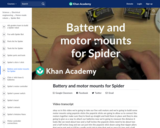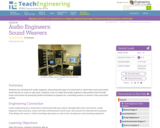
In this lesson, students are introduced to audio engineers. They discover in what type of an environment audio engineers work and exactly what they do on a day-to-day basis. Students come to realize that audio engineers help produce their favorite music and movies.
- Subject:
- Applied Science
- Engineering
- Physical Science
- Physics
- Material Type:
- Activity/Lab
- Lesson Plan
- Provider:
- TeachEngineering
- Provider Set:
- TeachEngineering
- Author:
- Janet Yowell
- Malinda Schaefer Zarske
- Michael Bendewald
- Date Added:
- 09/18/2014

